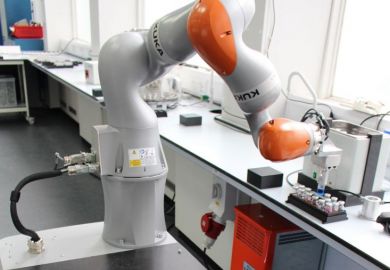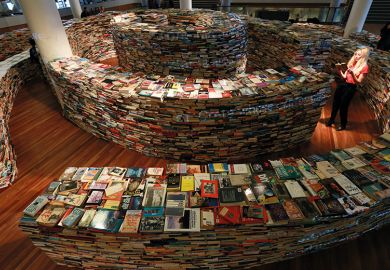When describing their research, chemists often say that they operate "at the molecular level". This is entirely logical to them since they can synthesise molecules, can measure the properties of molecules and can rationalise their reactivity and structure. But for the general public it is hard to see the world at the chemist's molecular level since one cannot see molecules, which is why it is hard to appreciate the successes and discoveries of modern chemistry. Moreover, the public is often guided by the perception that "natural" is good and "synthetic" is not, a premise that this book sets out to challenge. Philip Ball conveys to the non-chemist a sense of the molecular world, and the different roles that molecules, natural and synthetic can take in this world.
He argues that it is not enough for chemists to preach the usefulness and myriad applications of their subject, but that we must explain the similarities between the chemistry that underpins life, and the chemistry that can be achieved using chemical synthesis, biotechnology and nanotechnology. He thus describes the molecular processes of biochemistry and then illustrates how today's research chemists can mimic this chemistry.
The book poses the question "what are molecules?" How do we know their composition and structure? Ball explains how early chemists found by experiment the structures of molecules and were later able to rationalise their structures and reactivity in terms of chemical bonding. He follows this with an explanation of how chemists were able to synthesise molecules, initially by accidental discovery in the case of Perkin's purple dye, and later by careful design and retrosynthesis; the recent total syntheses of taxol and inorganic molecular wheels are cited as examples.
Then Ball introduces the molecules of life: the cellular machinery of enzymes and DNA that underpin cellular life. Here he manages to introduce several complex ideas such as protein folding, molecular evolution and pre-biotic chemistry, while holding the attention of the reader and not resorting to scientific detail.
The molecular world of materials, in particular biomaterials, is explored next, using cellular proteins such as collagen, silk and tubulin as examples, and compared with the more familiar macroscopic world of architecture. Current developments in the assembly of biomaterials, using biotechnology and powerful new materials such as carbon nanotubes, are then compared, showing how chemists are able to learn from nature to make new materials.
After that we learn how cells make energy and how organisms achieve motion via molecular motors such as dynein, myosin and ATP synthase, and how today's chemists are able to use nanotechnology to make and observe our own molecular motors. The ability of cells to store and transmit information, via messengers such as hormones, is compared with the ability of modern chemists to design molecules that can interact non-covalently - the science of supramolecular chemistry - leading to the design of molecular electronic devices that mimic the action of the brain.
Stories of the Invisible is a lucid account of the way that chemists see the molecular world and how research is able to mimic the chemistry of life. There are places where the curious reader might wish for more elaboration or illustration of concepts that are referred to briefly, but the text is enriched with many historical and literature references, and is accessible to the reader untrained in chemistry for whom it was written.
Tim Bugg is professor of biological chemistry, University of Warwick.
Stories of the Invisible: A Guided Tour of Molecules
Author - Philip Ball
ISBN - 0 19 280214 3
Publisher - Oxford University Press
Price - £11.99
Pages - 204


